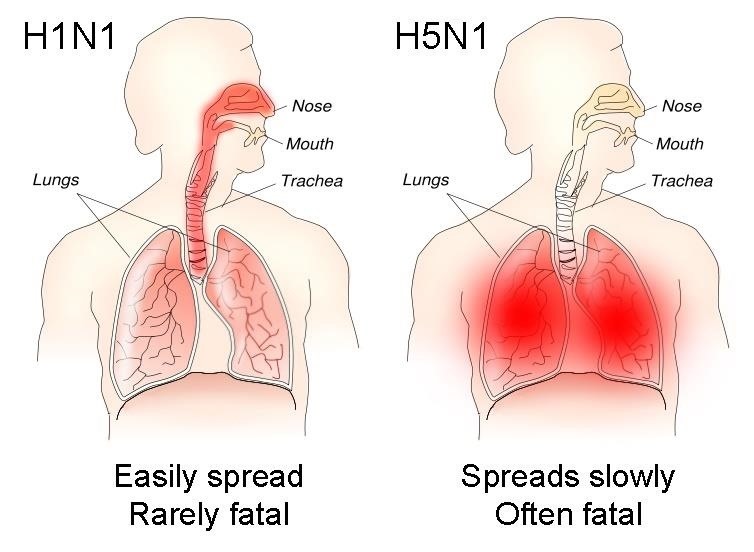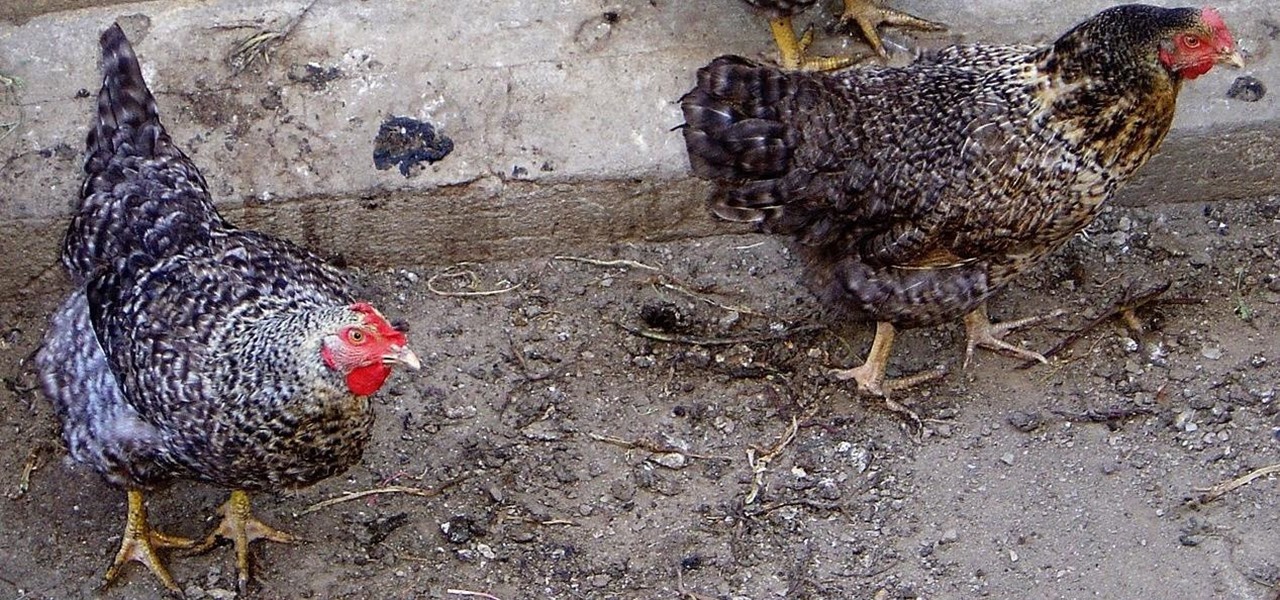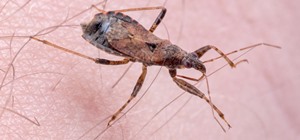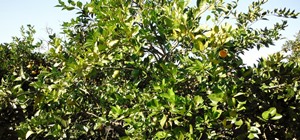A state of emergency has been declared in Malaysia's northeastern Kelantan state after an outbreak of avian influenza virus H5N1.
The Kelantan state's government acknowledged the emergency after H5N1 was identified in 28 locations in six districts. Authorities disposed of 33,153 poultry and 13,342 eggs thus far, according to the government's statement on Monday.
This strain of the virus is highly pathogenic and the WHO reports that those infected with H5N1 have a 60% mortality rate. Symptoms in humans include fever, cough, sore throat, muscle aches, and diarrhea. This can progress rapidly to respiratory illness and neurologic changes.
Flu strains differ in their H and N subtypes based on the amino acid makeup in two major structural proteins in the virus. Changes to these proteins change which types of cells in what species the virus can infect, and how dangerous the virus is when it infects an organism.
H5N1 is an especially scary strain of influenza, since it has a high mortality rate and can also be spread from person to person, though it's a rare event. It's usually spread from poultry to humans through handling or butchering of livestock. It's worrisome though, since if the H5N1 genes mix with those from a human flu, the resulting could spread from person to person with more ease. So far, about 700 people have died from H5N1 since its reemergence in 1997, mainly in Asia and Africa.

The outbreak isn't just impacting poultry farms, but the regions edible birds nest exports. According to Kelantan's Veterinary Services Department, China has restricted imports of edible bird's nests, an incredibly expensive product created by the saliva from a species of swifts in Malaysia and used in Chinese cooking, for health and safety reasons.
Last year, Malaysia exported 20.15 metric tons (44,423 pounds) of bird's nest to China, worth $30.3 million.
China had their own battle with the pathogenic H5N1 strain back in 1997 when 18 humans were infected and 6 died, none of them having worked with poultry. The first human-to-human transmission was seen in 2006, when one poultry worker infected 7 family members, so it's no wonder they are being vigilant about contaminated imports.
H5N1 isn't the only Avian flu circulating in Asia right now, though. Reports of H5N6 and H7N9 are also popping up from poultry markets. China recently confirmed its sixth outbreak of Avian Flu strain H5N6 since last October, in the Hubei province in the city of Daye. According to Reuters, the disease effected 134 ducks on a local farm, killing 86 of them.
A previous outbreak killed 1,054 birds at a farm in the Hunan province back in January; Overall, 175,000 birds have been killed since the initial October outbreak in an effort to curtail the spread.
The problem with all these strains of avian flu spreading in poultry farms is the fear that infected birds would make it out to wet markets, where strains can mingle and merge, and infect humans. The conditions in Asian marketplaces are a breeding ground for avian influenza, via crowded conditions, accumulation of animal waste, and cage contamination.
A 2015 study of such markets found that "poultry workers and the general population are constantly exposed to H7N9 virus at these markets."
The H7N9 strain which appeared in China back in 2013 has killed 40% of the 1,200 people infected, according to the CDC. So far this year, that strain of influenza has claimed the lives of 161 people since the last outbreak in October.
Just updated your iPhone? You'll find new emoji, enhanced security, podcast transcripts, Apple Cash virtual numbers, and other useful features. There are even new additions hidden within Safari. Find out what's new and changed on your iPhone with the iOS 17.4 update.



























Be the First to Comment
Share Your Thoughts